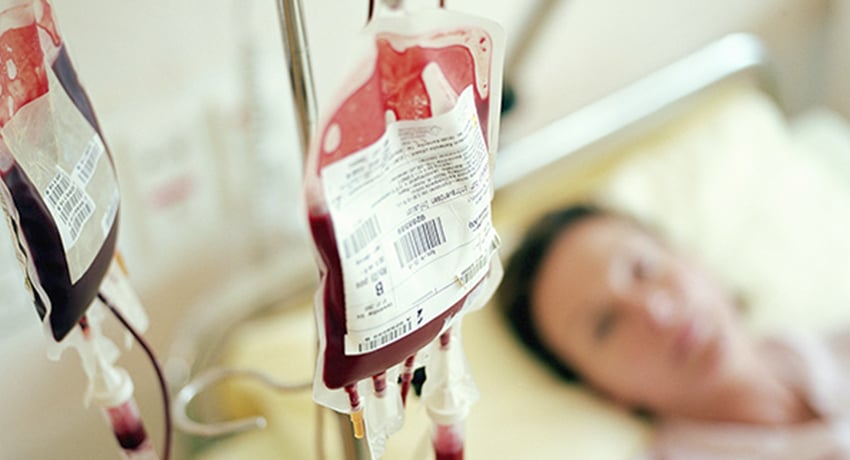In trauma patients with severe blood loss, if transfusions are working, physicians should not stop giving them to patients regardless of the amount of blood used, and whole blood should be used first, according to new research at UTHealth Houston.
The study, led by senior author Bryan Cotton, MD, MPH, professor and John B. Holmes Professor in the Clinical Sciences with McGovern Medical School at UTHealth Houston, was published this month in The Journal of Trauma and Acute Care Surgery.
“When looking at our experience here locally, there really isn’t a blood transfusion number where you should stop,” Cotton said. “There are plenty of lab markers and plenty of physiology, blood pressure, and vital sign monitors where you can say, ‘We’re not getting this patient back. This patient is absolutely not going to survive.’ But by using and looking at just blood transfusion numbers, we did not really find a point where there are no survivors.”
Cotton said that during COVID-19 pandemic, centers around the world began running low on blood supplies. Because severely injured patients require a great deal of resources, including blood products, researchers at UTHealth Houston examined whether there is a transfusion threshold where physicians should stop giving a trauma patient blood, as well as the effect of whole blood, instead of blood components, on mortality.
At previously defined transfusion thresholds of 50 units in the first four hours, researchers found survival rates as high as 60%, with rates as high as 25% at the 100-unit threshold, and meaningful survival at 150 units.
“In our study, 22% of patients that received over 150 units still survived, and they survived meaningfully,” Cotton said. “They were alert and awake and they went home. So, that’s the big take-away: There is no cut point where we should stop, from a blood transfusion point.”
Researchers also found that of the 2,299 patients in the study, 1,291 received whole blood as part of their resuscitation and 1,008 had component-only resuscitation. Researchers found that days in the hospital, intensive care unit, and on ventilation were all reduced in patients who received whole blood compared to the component-only group. There were also no differences in survival between these groups, nor were there significant differences in cause of death.
“Early transfusion using whole blood helps to avoid physiologic exhaustion that trauma patients show up with,” said Thomas Clements, MD, first author and a surgery fellow at McGovern Medical School. “They are not as physiologically or metabolically damaged because they’ve gotten a balanced resuscitation, as opposed to patients who are getting their blood replaced with IV fluid or red blood cells and plasma without all the other parts of blood.”
Patients for the study were enrolled through the Red Duke Trauma Institute at Memorial Hermann-Texas Medical Center, one of the busiest trauma centers in the country.
Co-authors on the paper from McGovern Medical School’s Department of Surgery included Jan-Michael Van Gent, DO; David E. Lubkin, MD; Michael W. Wandling, MD; David E. Meyer, MD; and Laura J. Moore, MD.
Media Inquiries: 713-500-3030


